- Check Out The
Best Backpacking Backpacks
You Can Buy In 2023
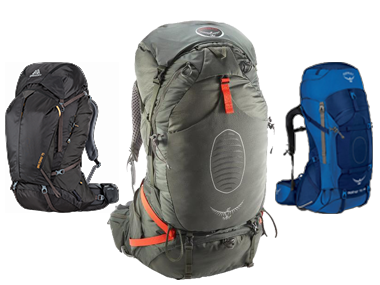

Welcome to our picks of the best backpacking backpacks of 2023. Our purpose isn’t just to help you find the best backpack, but to also help you save money as well.
When you find the backpack that you like, view the product page to see who has the lowest price or set a price drop alert and we’ll notify you when the price drops.
Whether you want the cheapest backpack, the one that has all the bells and whistles or an ultralight that won’t drag you down, our guide has the advice you need to find the best backpack to fit your needs.
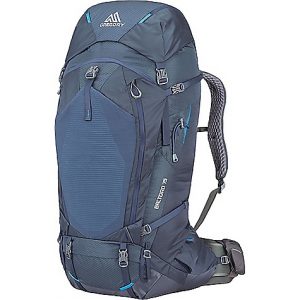
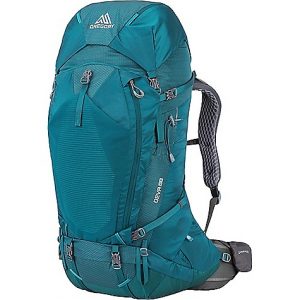
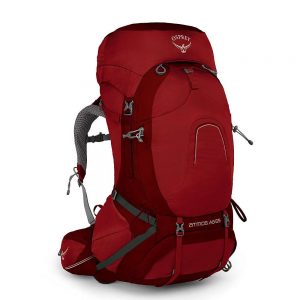
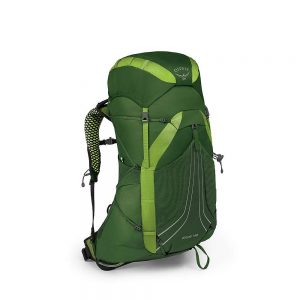
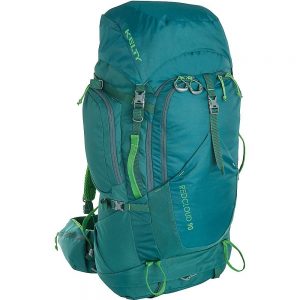
The Osprey Atmos AG 65 is by far the best backpack available on the market. The anti-gravity suspension system is crazy comphy!
If you are looking for the best backpack with ton’s of features that’s really comfortable, this is the backpack for you.
I can’t stress enough how comfortable the anti-gravity suspension system is. It really does make the backpack feel way lighter than it really is.
This is an excellent 3-4 day backpacking backpack as it is really durable and has all the features you need for all types of backpacking adventures.
The Coyote 80 backpack is a close 2nd behind the Atmos 65 backpack and because of it's price, it's our favorite budget backpack.
If you are looking for the second best backpack on the market, but are more budget minded, then this is a no brainer!
This backpack has all of the same features of the other backpacks, but at a fraction of the price.
Really, really quiet and is our best hunting backpacking backpack.
We loved the Gregory 70 backpack due to the comfort, features and the small daypack that comes with it called the "sidekick".
This is the best women’s backpack that we’ve tested. It has comfort in all the right places and adjustability for a wide range of women’s body types.
The sidekick is a great feature for the backpack as it has two shoulder straps compared to other backpacks that make the top lid merely a fanny pack.
We really liked the water bottle holster as it comes with a draw cord! I can’t tell you how many of these have elastic that fails within the first year!
The Gregory Baltoro 75 has a ton of amazing features compared to the other backpacks, but there are durability concerns.
Similarly to the women’s Deva 70, this backpack has a ton of amazing features. We loved the waterproof hip belt feature. Just make sure that it fits your phone size.
Suspension system is really comfortable and the zippers are smooth.
As we only used this pack for a short time in our review, we didn’t have durability issues… however, TON’s of people online had issues with the fabric around the hip belt coming apart.
The Osprey Exos 58 is a crazy light backpack that's really comfortable. Great backpack for the minimalist and ultra-light backpacker.
Yes, this backpack is on the small side of things for a multi-day backpacking trip. And this is for a reason. This is one of the best backpacks on the market for the ultra-light backpack.
The Exos 58 is really comfortable as it uses the Airspeed suspension system (similar to the Anti-Gravity of the Atmos 65), but it surprisingly lacks hip pouches.
Second to footwear, a hiker’s backpack can be considered the most important gear item in their inventory. A properly fitted backpack can make the difference between an enjoyable trek through the woods and a miserable death march.
I consider the backpack as one of the most critical pieces of gear I own. It must be large enough to fit all my gear and be comfortable for extended periods of time. These 2 “simple” requirements spawn much debate amongst the backpacking community as to what is the best backpacking backpack.
Unfortunately, these 2 requirements have no true answer as each person’s idea of what is acceptable varies. If you are looking for a backpack suggestion, read no further. The intent here is to provide you with some tips to help you find the right backpack for your needs. These tips are directed to the soon-to-be backpacker who still has a fair amount of gear to purchase.
If you already have your gear, keep on reading. You may still pick up a few ideas for your next backpack purchase.
Buy your backpack before the bulk of your gear.
Some people suggest making your backpack purchase only after you purchased the rest of your gear. Although this methodology certainly takes the guess work out of the equation, it is often not practical. If you want to field test gear besides a backpack, how do you carry it on your reconnaissance mission?
To that end, my suggestion is to make your backpack purchase early on. Doing so gives you the ability to field test the rest of your gear on actual backpacking trips. Sure, you can field test a piece of gear in your backyard, but there is no substitute for a backpacking trip.

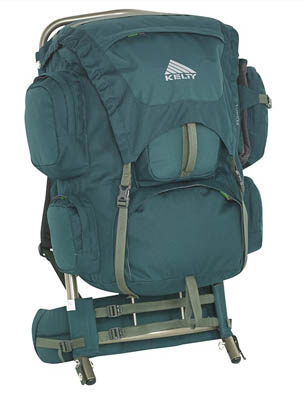
There are 3 main types of backpacks.
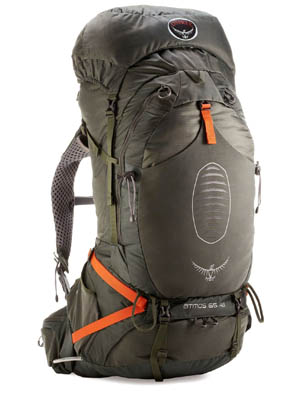
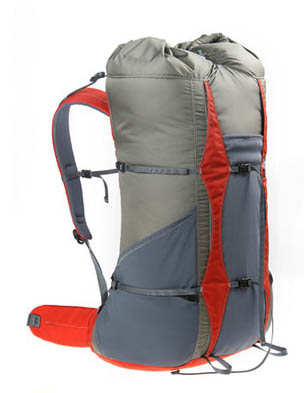 Best for ultralight backpackers or short trips (loads in the 20 lb. range)
Best for ultralight backpackers or short trips (loads in the 20 lb. range)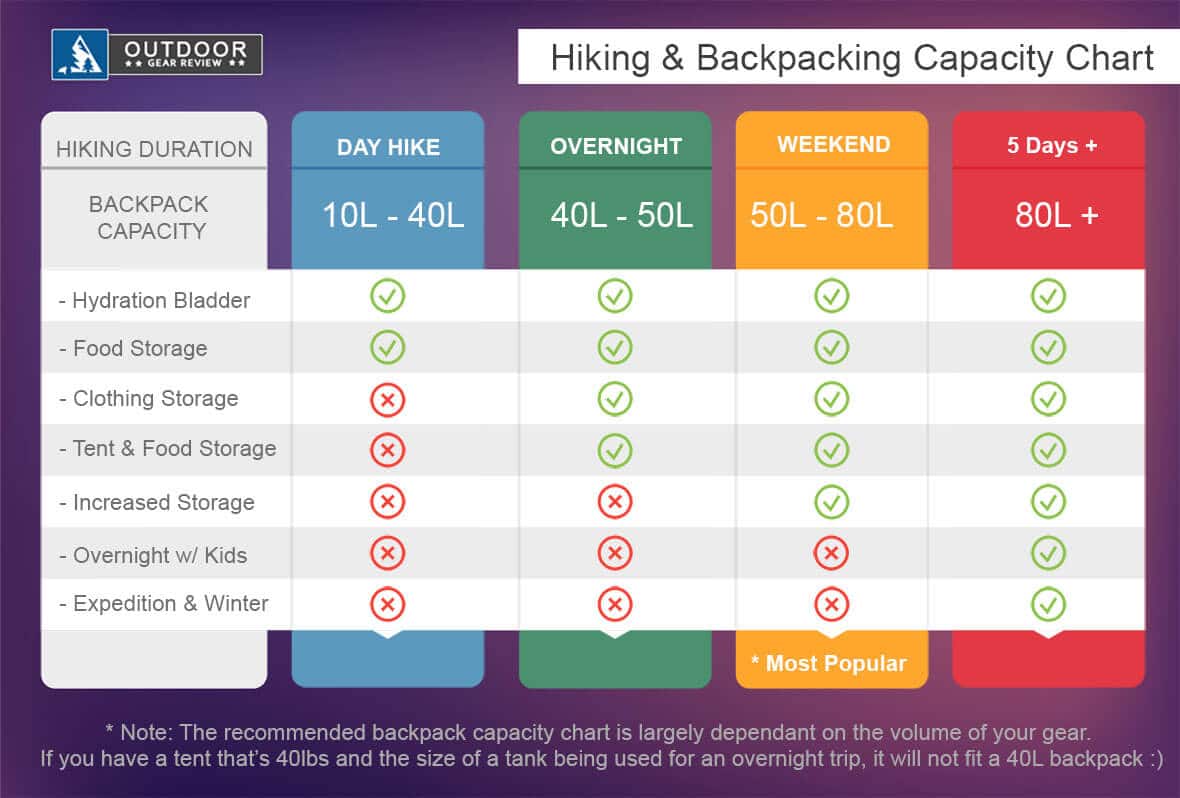
The size of backpack that you need for backpacking will vary based upon a couple things. First decide how long you are wanting to go backpacking:
Another thing to consider is the gear that you have available to you. High end backpacking gear is typically lighter and smaller to pack. So you can purchase a smaller backpack. On the contrary, less expensive backpacking equipment typically has more bulk and is heavier.
If you are new to backpacking, you may want to purchase a larger backpack than you initially need just due to the sizing of your gear. It’s not a big deal, as it’s really, really common to downsize pack sizes as you upgrade your gear.
Unless you have lots of money to spend on gear for a sport you don’t know if you will stick with, the chances are you will be buying other gear that is money-conscious. In other words, you may be sacrificing smaller sizes and lower weights for less costly gear.
Buying a large backpack allows you to buy less expensive gear and ensure that you can carry it all. Plus, every person carries a different amount of gear depending on what they need to enjoy their backpacking experience.
Buying a larger backpack allows you to carry what you “think” you will need. The key word here is think. We will get back to that subject later.

Unless you are planning trips with upwards of a week between resupply or are doing major winter trips, you should not need a pack larger than 80 L. If this is your first time out, I would highly recommend not planning these 2 activities.
When selecting a backpack, a hiker should start by considering the following:
Weight of gear should take into account your base weight (i.e. all items besides water and food) and then subsequently the maximum amount of water and food you expect to carry. There are several reasons for this. First, a backpack should be capable of comfortably supporting your base weight since you are guaranteed to carry that weight 100% of the time.
Second, the weight of water and food adds up quickly, but as the days go on this weight will decrease. In other words, there is no point in carrying around a heavy backpack for the 5% of the time you are carrying a maximum load. Most high-end pack manufacturers specify their equipment’s weight ratings in both base weight and maximum weight to help with your decision.
Volume of gear is important because you need to make sure you can fit all your gear into the pack. Just because you have light gear does not necessarily mean you have a small volume. If starting out, the general rule of thumb is to purchase an oversized pack. Once you acquire all your gear you will have a better understanding of how much space your gear takes up and then you can downsize as needed. For most backpackers, a 65 L pack is more than plenty.
Buy a pack with lots of bells and whistles. Hip-belt pockets, multiple access points to the compartments, multiple compartments, side pouches, front pouches, etc.
Sure, you are going a little overboard here, but the intent is to get something that will fit all your gear and in the process help you decide what you need or like from a pack.
Chances are you will never use a certain feature, but if you are completely new to backpacking you do not know what your preferences are yet. Explore and have fun.
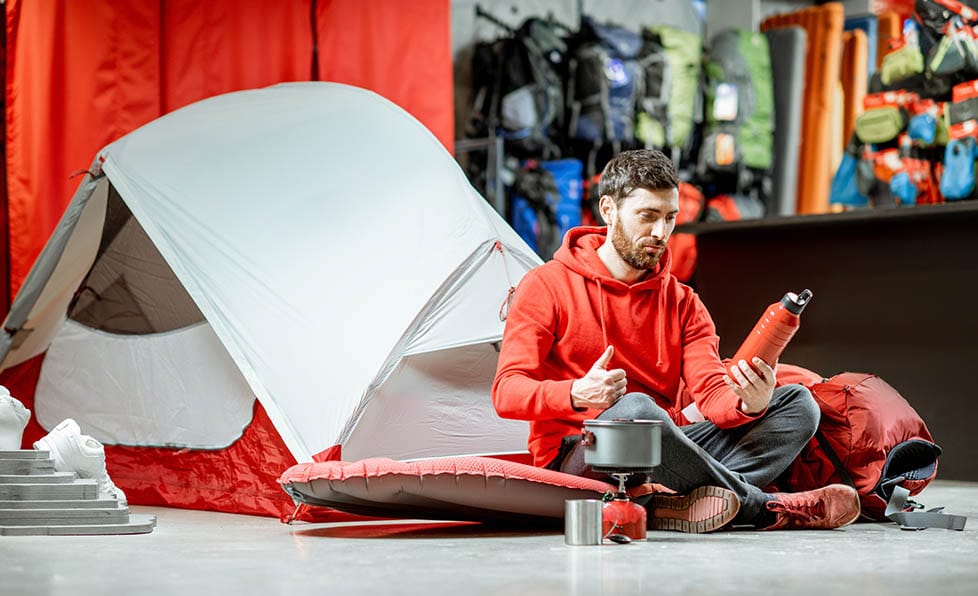
After narrowing down your backpack choices the next logical step is to try them out. I highly discourage buying backpacks online without trying them out first. One option if you don’t have a retailer close with the backpack that you want, is to purchase a couple of them to see what you like and return the other.
When in the store you should be concerned primarily with fit and comfort.
Some tips are:
After purchasing your new pack make sure to get out on the trail right away to give it a real test drive.
For your first time purchase, the best path to take is to find a store near you. Going to a store lets you see and touch the gear.
More importantly, there will most likely be a semi-knowledgeable worker there who can measure you for the proper size pack, show you how each of the packs work and usually load up a pack with some weight for you to try out while in the store. Be sure to wear each pack for a few minutes. Use this time to walk around the store and get googly-eyed over all the awesome gear that you will soon be purchasing.
Don’t put too much emphasis on brand names, be open-minded. If you do not have a store near you, the next tip is critical.
This is an extension of tip #5 if you are going to purchase a couple backpacks online and return the one that you don’t want.
Chances are your first backpack will not be your last. If you are like me, it may not even be included in your line-up of many backpacks that all have their own place and time for use. Many stores offer a full refund on returned gear, even if it was used.
Having this option makes your purchase a little bit easier. You do not need to fret as much about whether or not the pack is perfect for you. Please do not abuse refund policies. There is no excuse for abusing gear and returning it.

You now have a backpack and maybe some other gear. Go out and give it a try on an overnighter.
If it is uncomfortable no matter what adjustments you make to it, return it and try another pack. Remember though that some discomfort is inevitable. After all, you are essentially carrying a bag of rocks on your shoulders and back.
For many, your first backpack will go through many field tests as you accumulate gear that also needs to be field tested. As the rest of your gear comes together and you gain more experience you will have a better understanding of what you “think” you need.
Most likely, your needs will have changed since your first backpack purchase. Reevaluate your needs and determine if a different backpack is in order. This is the time to start shedding pack weight and getting a smaller, lighter pack with fewer bells and whistles.
I hope these 8 tips help you make a good first backpack purchase. If you are looking for some specific recommendations feel free to leave a comment below with what types of things you are looking for and I will do my best to provide a few recommendations.

Get notified of outdoor gear price drops and view price comparisons on the top gear.
